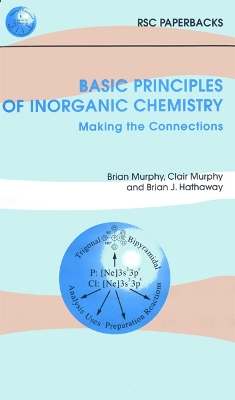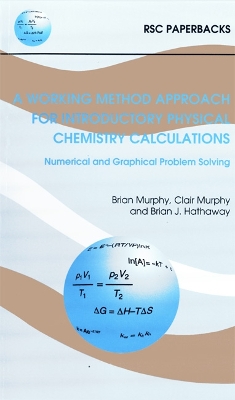RSC Paperbacks
2 total works
Basic Principles of Inorganic Chemistry
by Brian J. Hathaway, Clair Murphy, and Brian Murphy
General chemistry textbooks are usually lengthy and present chemistry to the student as an unconnected list of facts. In inorganic chemistry, emphasis should be placed on the connections between valence shell electron configuration and the physical and chemical properties of the element. Basic Principles of Inorganic Chemistry: Making the Connections is a short, concise book that emphasises these connections, in particular the chemistry of the Main Group compounds. With reference to chemical properties, Lewis Structures, stoichiometry and spider diagrams, students will be able to predict or calculate the chemistry of simple polyatomic compounds from the valence shell configuration and will no longer be required to memorise vast amounts of factual chemistry. This book is ideal for students taking chemistry as a subsidiary subject as well as honours degree students.
Working Method Approach for Introductory Physical Chemistry Calculations
by Brian J. Hathaway, Clair Murphy, and Brian Murphy
A Working Method Approach for Introductory Physical Chemistry Calculations is a concise inexpensive introduction to first year chemistry that is aimed at students who are weak in chemistry or have no chemistry on entry to university. Such students usually find physical chemistry the most difficult part of the chemistry course, and within this section numerical problem solving is an additional difficulty. The text should also be invaluable to first year intending chemists. This text provides an introduction to physical chemistry and the gas laws, followed by chapters on thermodynamics, chemical equilibrium, electrochemistry and chemical kinetics. Each section involves a brief introduction followed by a representative examination question, which is broken down into a proposed working method. Both short multiple-choice questions and related full examination-type questions are included. This book will prove invaluable to students who need encouragement in a logical approach to problem solving in physical chemistry, teaching them to think for themselves when faced with a problem.

